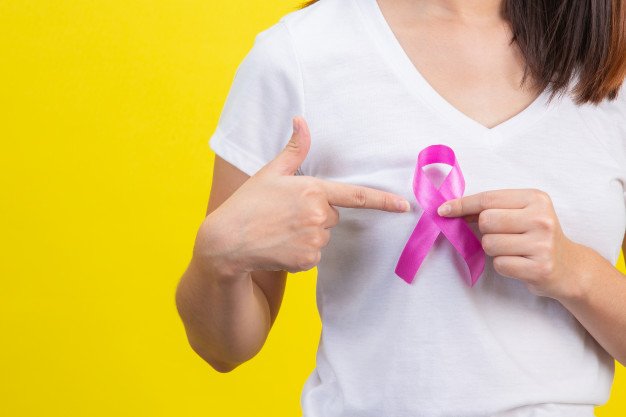Marijuana has always been present in society. People’s reaction and attitude towards it has been ranging from total approval to severe punishments for possession. Different countries have different regulations, but in general, marijuana is a harmless recreational drug with some, yet not completely explored, benefits to health. Regular users are maybe even apter than science to talk about its pros and cons, and how everyday life is affected. I spoke to the experts at peoplesorangecounty.com and we compiled a list of advantages and disadvantages of recreational consumption of cannabis.
The Many Benefits Of Recreational Marijuana
Recreational use of marijuana is still considered as something bad or negative, or people who use it are regarded as stoners who waste their life away. That attitude is not justified, as any person under the influence of any kind of psychoactive substance might leave that impression, like alcohol, nicotine, etc.
Smoking marijuana is a great social lubricant as it helps people loosen up and share a range of different conversations without any mental blockade. It helps relax and allow for some healthy dialogue which can only produce a more thorough bonding between people. It is also an ‘’individual drug’’ meaning that it is great for relaxation and some quality me-time.
It is great for people who want to strengthen their appetite.
Since all senses are heightened, everything around you leaves a greater impression and unlocks some new levels of experiencing things you already know, like music, food, sports, or just about any activity you can think of.
Creativity also reaches new heights. Sativa strains, such as Royal Queen, are specifically made to affect your brain and introduce some new ways of thinking you never knew existed before.
It is a great stress reliever (in normal doses), as it helps you cope with problems by inspiring you to think about solutions rather than simply worrying. You focus more on life and the beauty of living instead of grownup problems and worries that eat your happiness away.
Shy people can benefit as well since marijuana helps overcome a lack of confidence while improving social skills they never knew they had before. It helps the good side of your personality come out and shine.
When taken in normal amounts, and every person has a different dose of normal, it is a recreational drug that really sparks a dose of optimism which is a great weapon to combat depression and anxiety. It is a state where both body and mind feel good and the perspective to life changes in a way that it makes you realize that some problems were not as big as you feared, and the solutions are also much more accessible.
Are There Any Negative Sides?
Not all users can report a great experience, and just like any other substance you intake, there are certain risks and negative side-effects.
Short term memory loss is probably the most common disadvantage. It is also not recommended for teenagers to use it as it can negatively affect the development of their brain and the ability to learn new things might get impaired.
As much as it produces joy, happiness, confidence and good mood, the other side of the coin is reserved for anxiety, depression, fear, and even paranoia. These can get extra potent if marijuana is used frequently and in large doses, then the recreation becomes a torment basically, and the best way to handle it is to take a break from it all.
You become less reactive to your surroundings which can be problematic for people who are still not used to that feeling. Your balance, coordination, and reactions can worsen which some people don’t like at all.
Read Also:






















